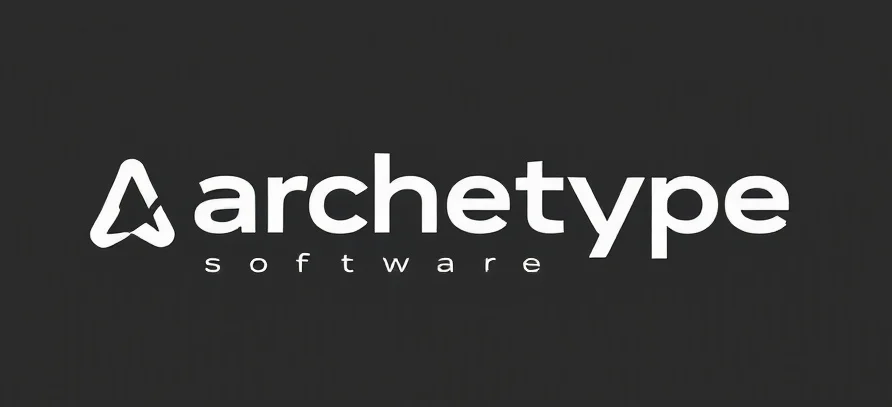Understanding the MCL Tear Brace: Your Guide to Knee Recovery
Imagine this: you’re out on a weekend hike, feeling unstoppable, when suddenly, a misstep sends your knee twisting in an awkward way. The pain hits like a lightning bolt, and you realize something’s not right. If you’ve ever experienced that jarring moment of knee injury, you’re not alone. Many people face the challenge of recovering from a medial collateral ligament (MCL) tear, and one of the most crucial tools in your recovery arsenal is the mcl tear brace.
This little device might seem simple, but it’s a game-changer in helping you regain mobility, reduce pain, and get back on your feet faster. To truly appreciate its importance, let’s dive into the story of the MCL, its role in your knee, and how the brace becomes your trusted companion in healing.
The Story of the MCL: Your Knee’s Inner Guardian
The Anatomy of a Knee Injury
Picture your knee as a complex, finely-tuned machine. Among its many parts, the medial collateral ligament (or MCL) acts like a sturdy yet flexible band on the inside of your knee. Its job? To stabilize your knee joint against forces that push the leg sideways. Think of it as the internal referee, ensuring your knee moves smoothly during activities like running, jumping, or even just walking.
Now, imagine a sudden blow to the outer side of your knee—maybe during a sports game or a slip on ice. That force can stretch or tear the MCL, leaving your knee unstable and painful. That’s when the healing journey begins, and the right support becomes essential.
The Healing Challenge
Recovering from an MCL tear isn’t just about resting; it’s about managing the injury smartly. Mild sprains may heal on their own with conservative treatment, while more severe tears might require additional interventions. Throughout this process, maintaining stability and preventing further damage are top priorities. This is where the mcl tear brace steps into the spotlight.
The Role of the MCL Tear Brace in Recovery
Support and Stabilization
When your knee is injured, every movement can feel risky. The mcl tear brace acts like a supportive cast for your knee—it gently stabilizes the joint, preventing excessive sideways movement that could worsen the injury. Think of it as a protective shield, allowing you to move more confidently while your body heals naturally.
Reducing Pain and Swelling
One of the immediate benefits of wearing a brace is pain relief. By limiting unnecessary movements, it reduces strain on the injured ligament, which in turn decreases inflammation and swelling. Less pain means you can start your rehab exercises sooner, gradually rebuilding strength and mobility.
Promoting Proper Healing
Not all support devices are created equal. The mcl tear brace is designed with adjustable features, so it conforms to your knee’s unique shape and degree of injury. This customization ensures that pressure is distributed evenly, encouraging proper ligament healing and minimizing scar tissue formation. In essence, the brace guides your knee back to health, aligning your recovery with natural biomechanics.
The Journey Back to Movement
Using an mcl tear brace isn’t a magic fix—think of it as part of a larger story of resilience. With the right support, physical therapy, and patience, many individuals find themselves back to their normal routines faster than they expected. Whether it’s returning to the basketball court or just walking comfortably again, the brace plays a pivotal role in that journey.
Remember, every injury tells a story, but with the right tools—including the trusty mcl tear brace—you can write a new chapter of recovery, strength, and renewed confidence. So if you’re facing an MCL injury, know that help is available, and the right support makes all the difference.
Checkout ProductScope AI’s Studio (and get 200 free studio credits)
